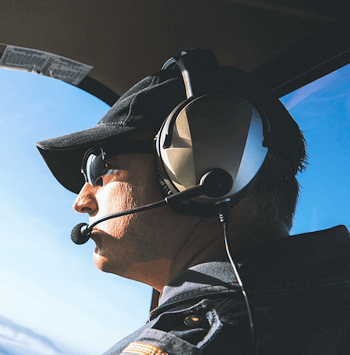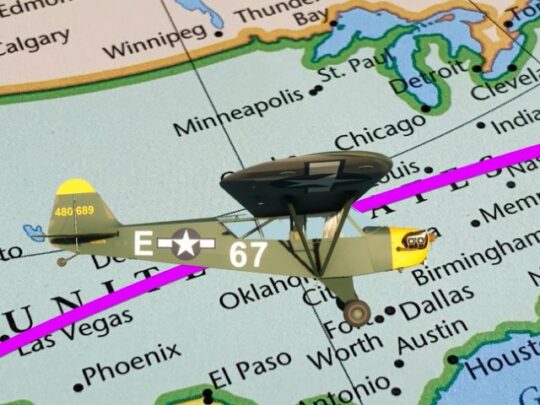Subscriber question:
"The FSS briefer always tells me at the end of the briefing to submit a PIREP, but I never do because I'm not sure how to do it. What is the proper way to file a PIREP?"
- Victor W.
John:
 “There is no substitute for being there and actually experiencing the weather. The National Weather Service uses PIREPs to verify or amend conditions contained in aviation forecasts. In some cases, PIREPs can trigger the issuance of a special advisory.
“There is no substitute for being there and actually experiencing the weather. The National Weather Service uses PIREPs to verify or amend conditions contained in aviation forecasts. In some cases, PIREPs can trigger the issuance of a special advisory.
PIREPs should be given to whatever facility with which you are communicating (i.e. Center, Tower or Flight Service).
PIREPs are given in a standard format. It may help to write down the information to save air time. The standard order is…
- Position – to a VOR or airport
- Time in UTC
- Altitude
- Type aircraft
- Sky cover – such as broken or overcast (bases and tops if known)
- Weather – such as flight visibility or precipitation
- Temperature
- Wind
- Turbulence
- Icing
Don’t worry if you get the elements out of order. FSS specialists are trained to organize and put the data in correct format.
Try to include all the information even if there is none to report. A report of lack of icing or turbulence where it is forecast can help other pilots make decisions about their flight.”
Here’s a short online course from the Air Safety Institute on PIREPS.

